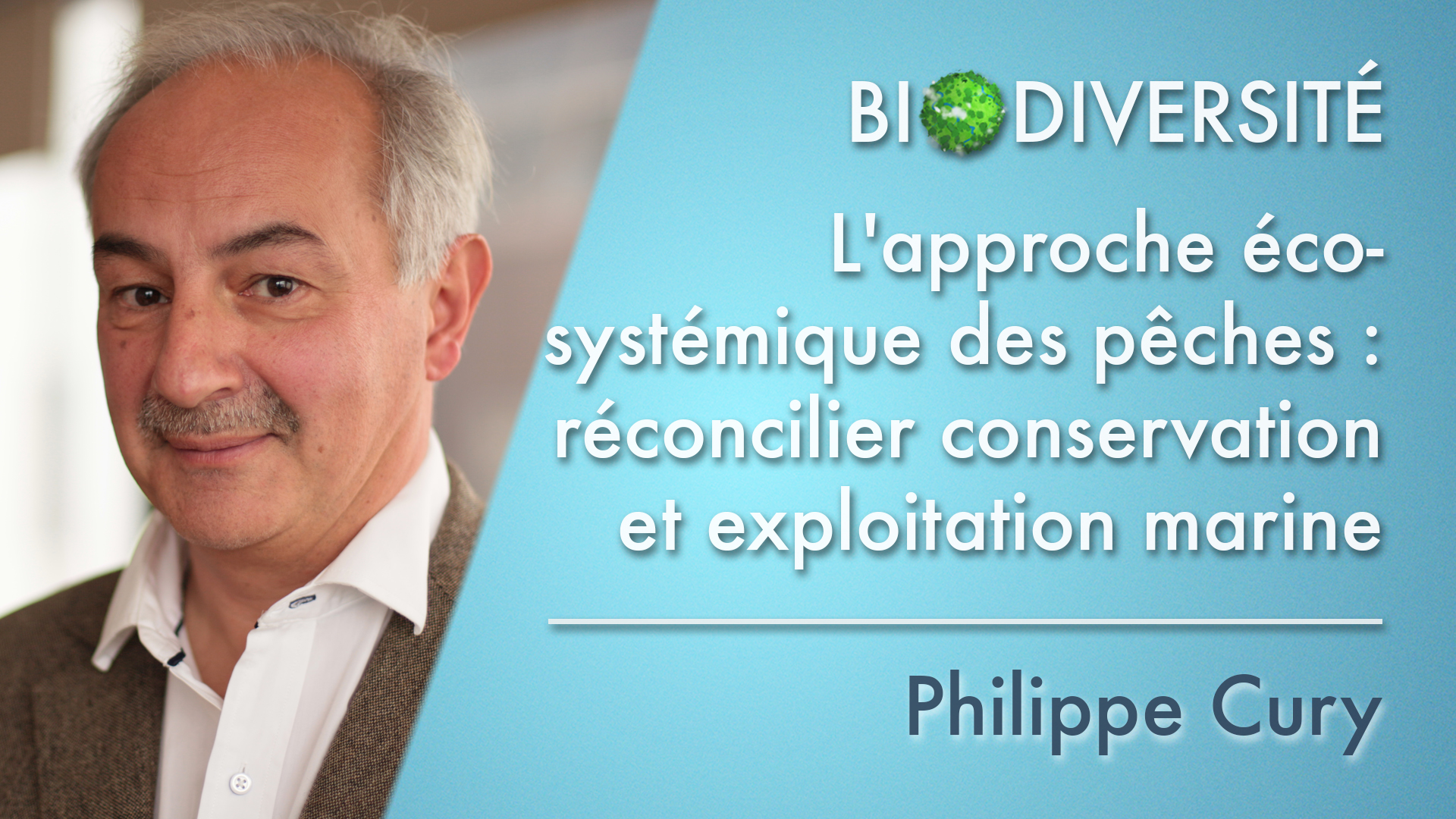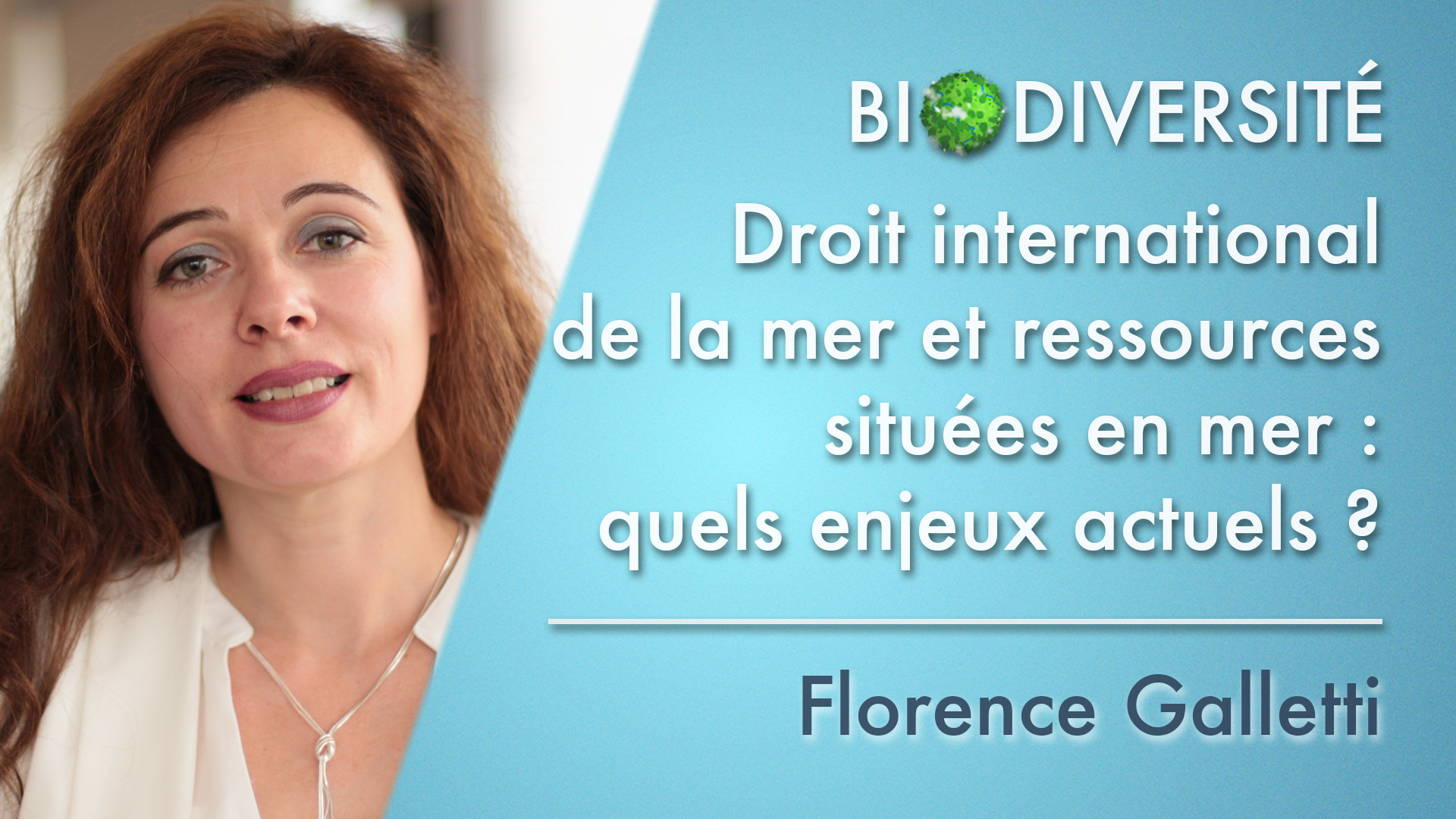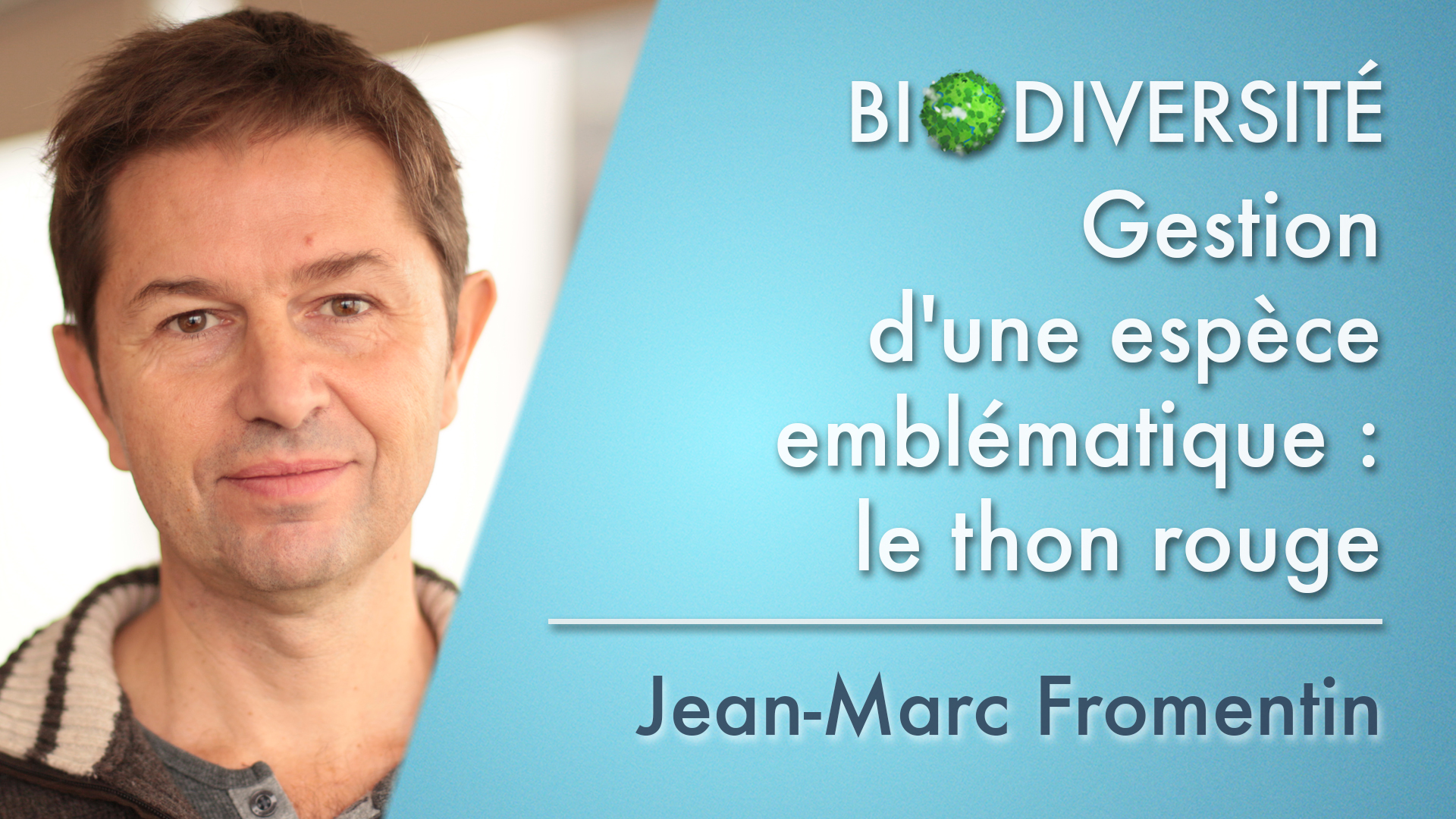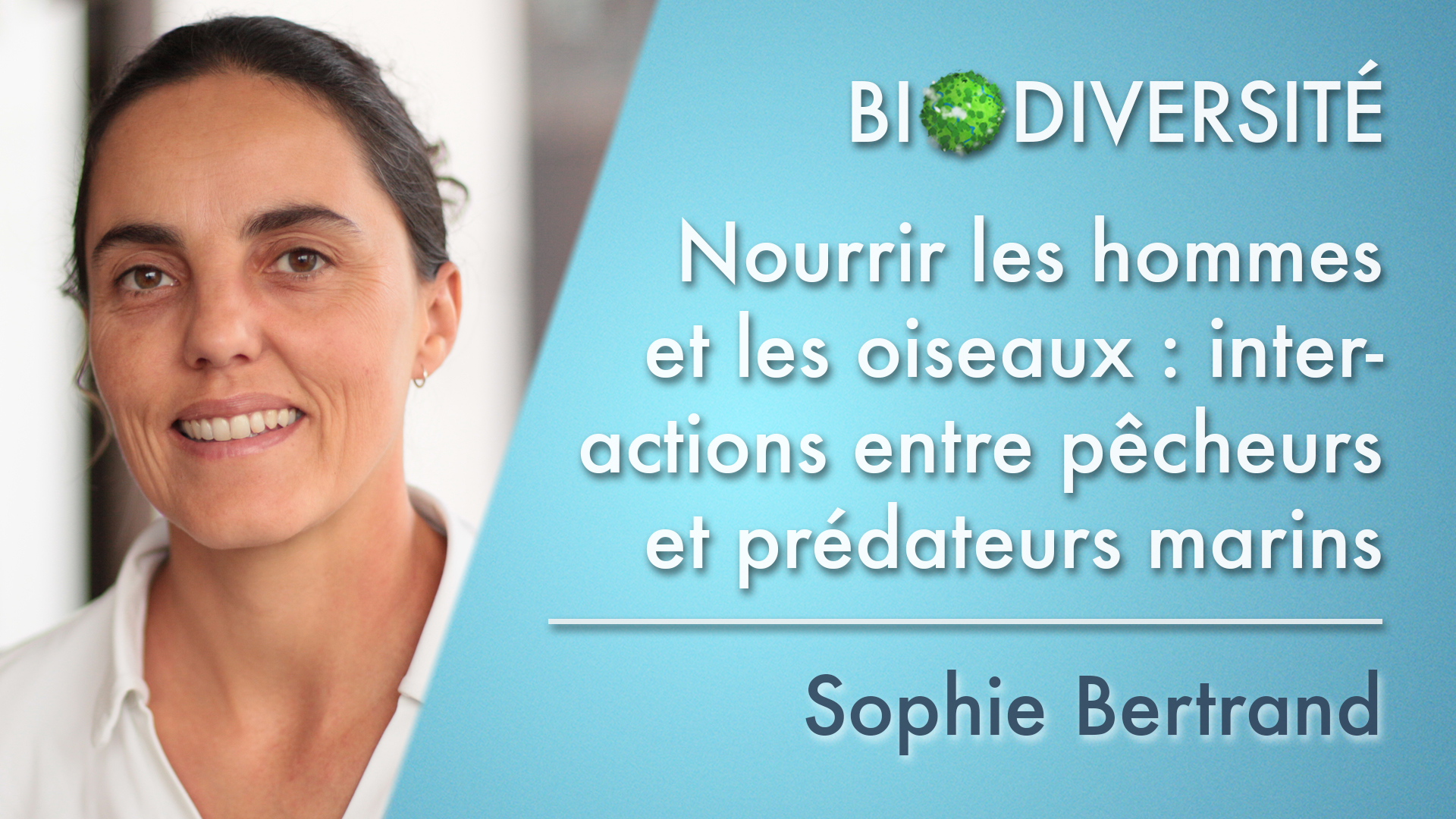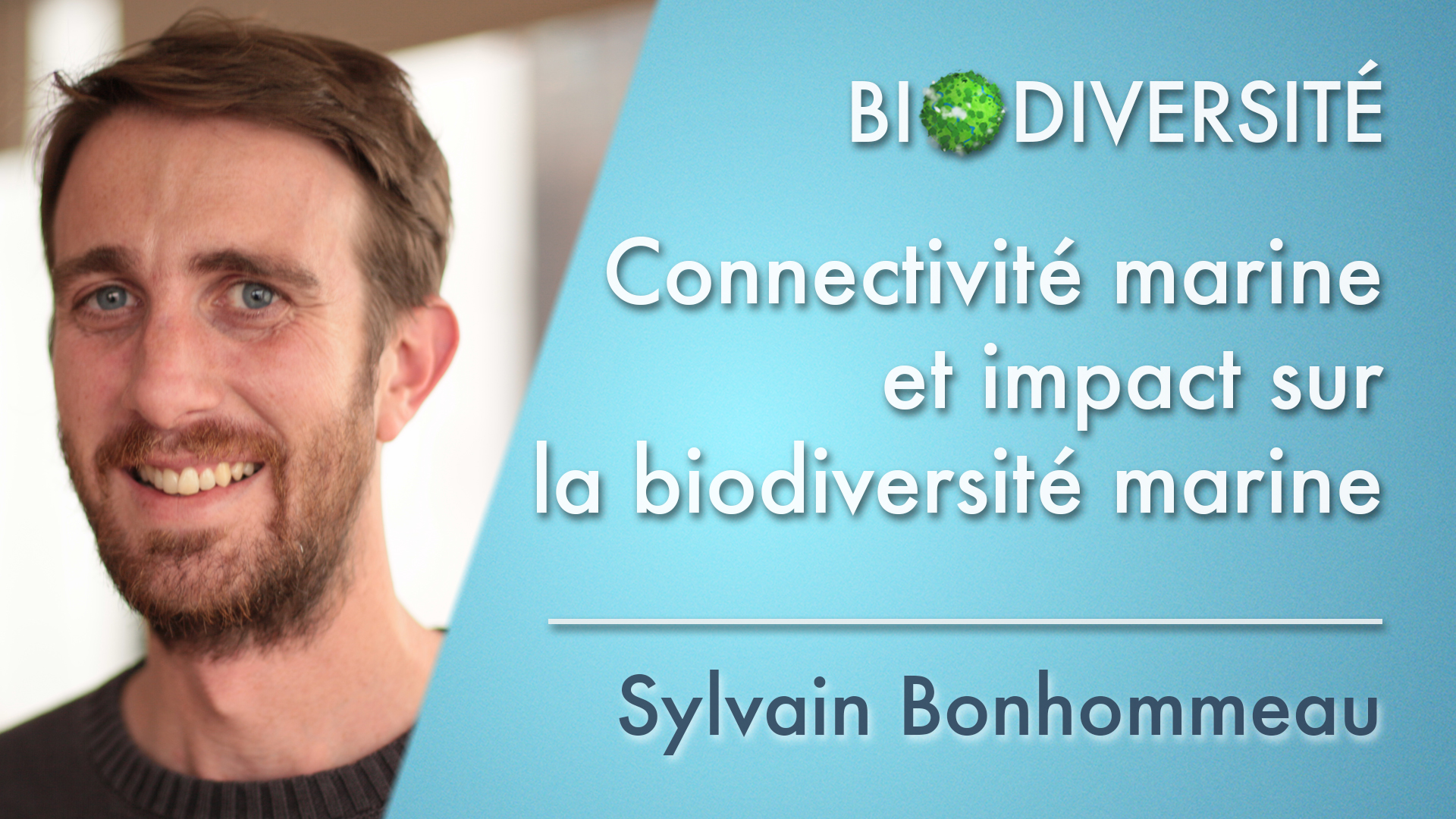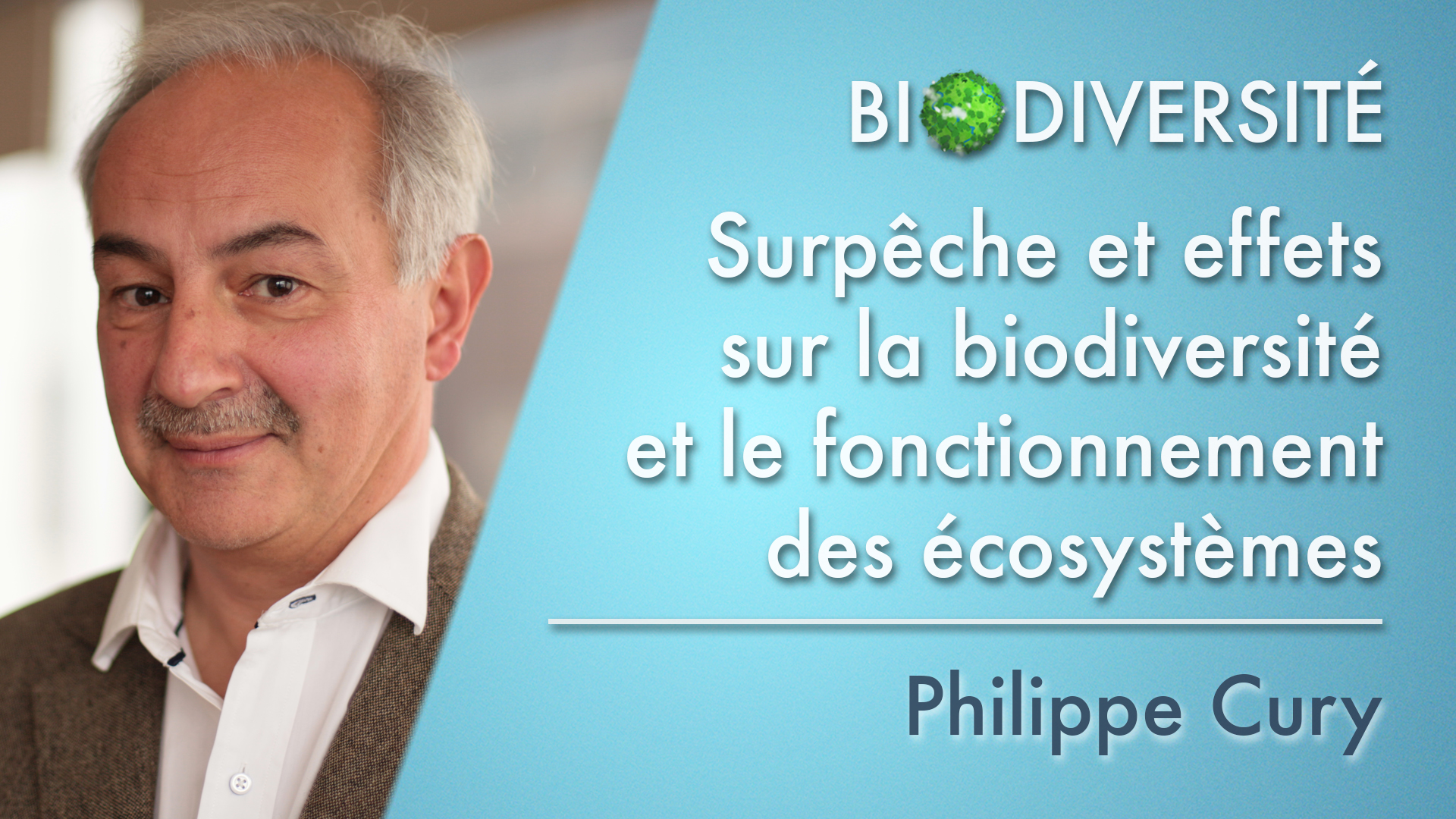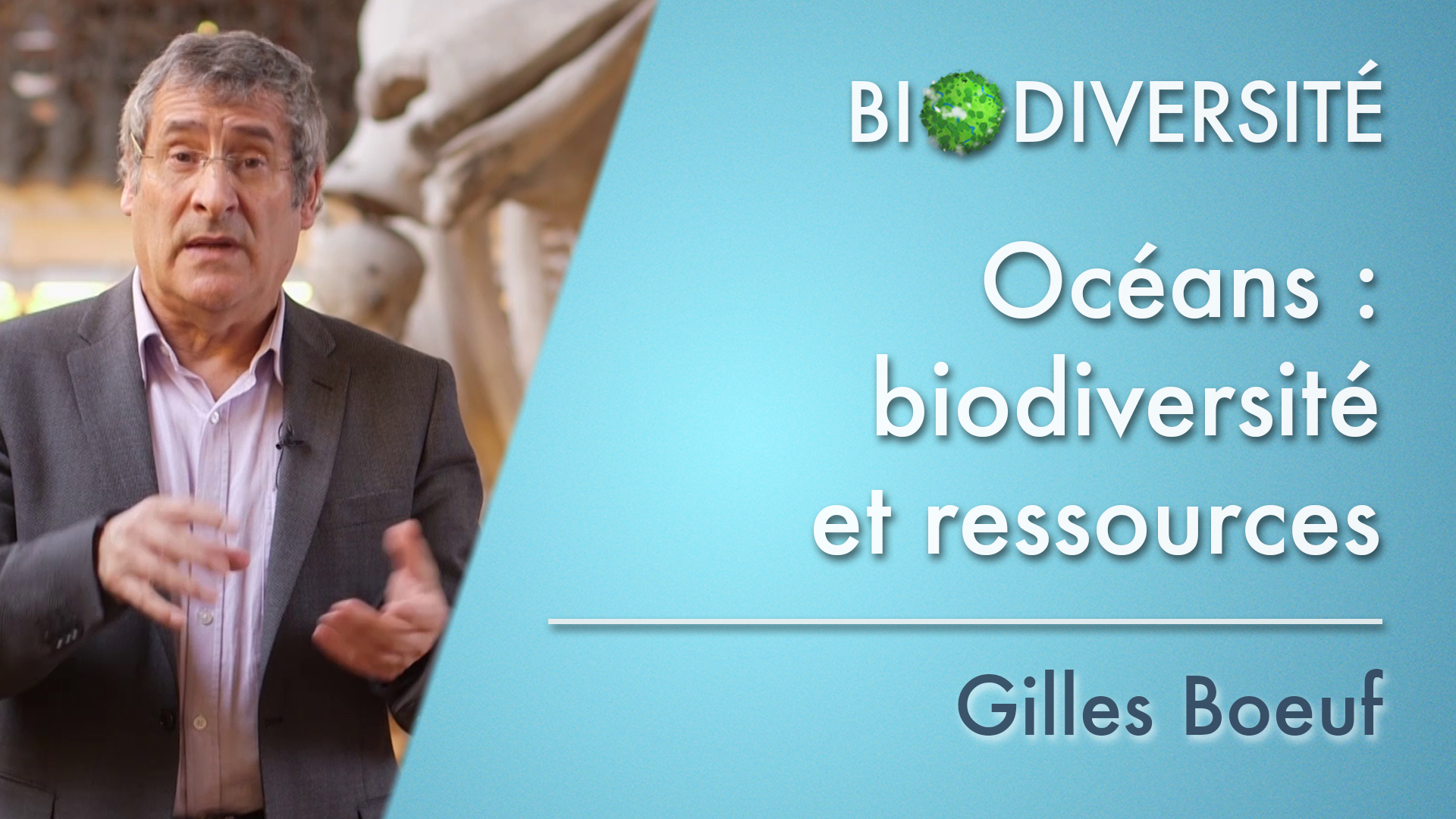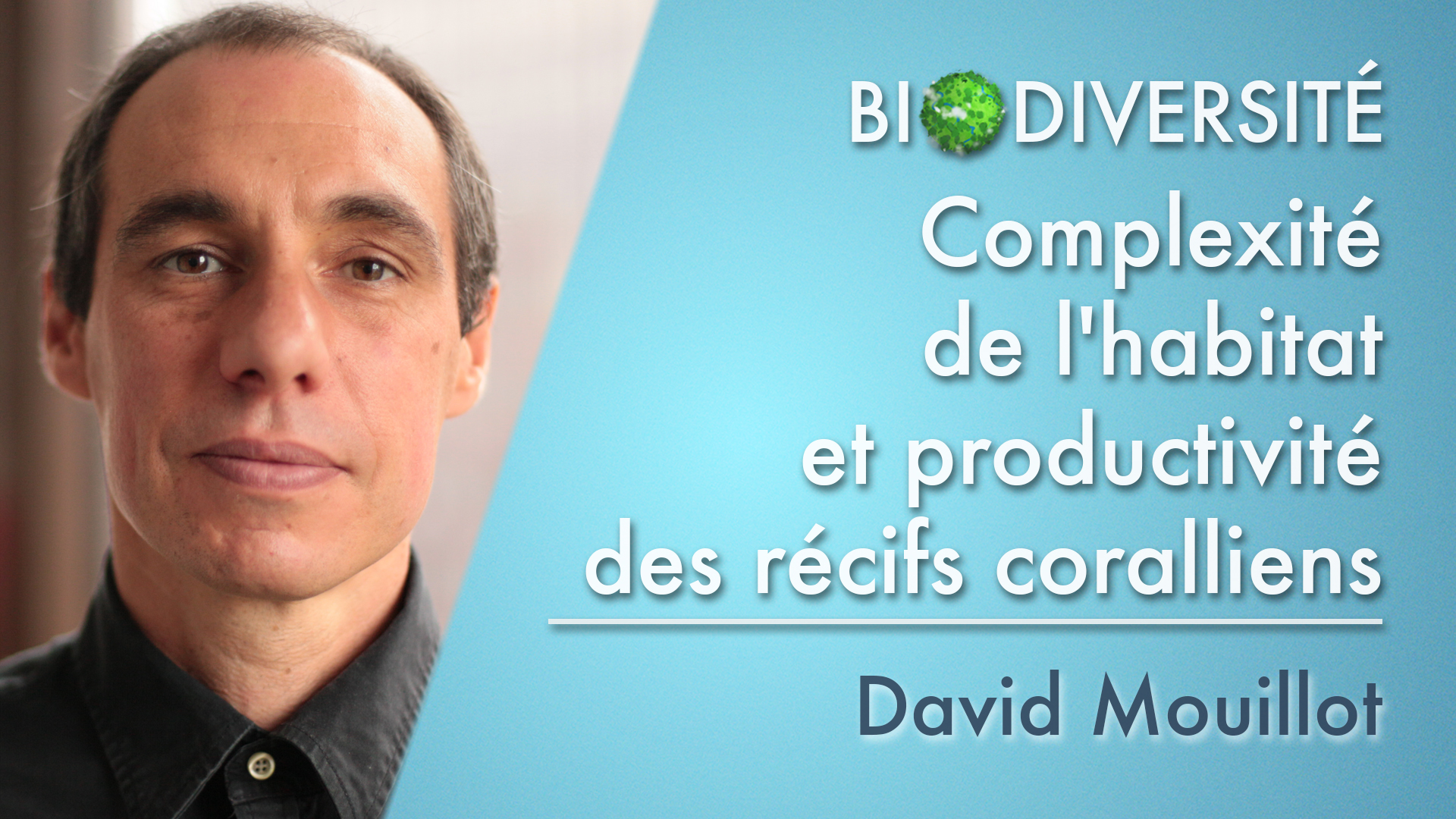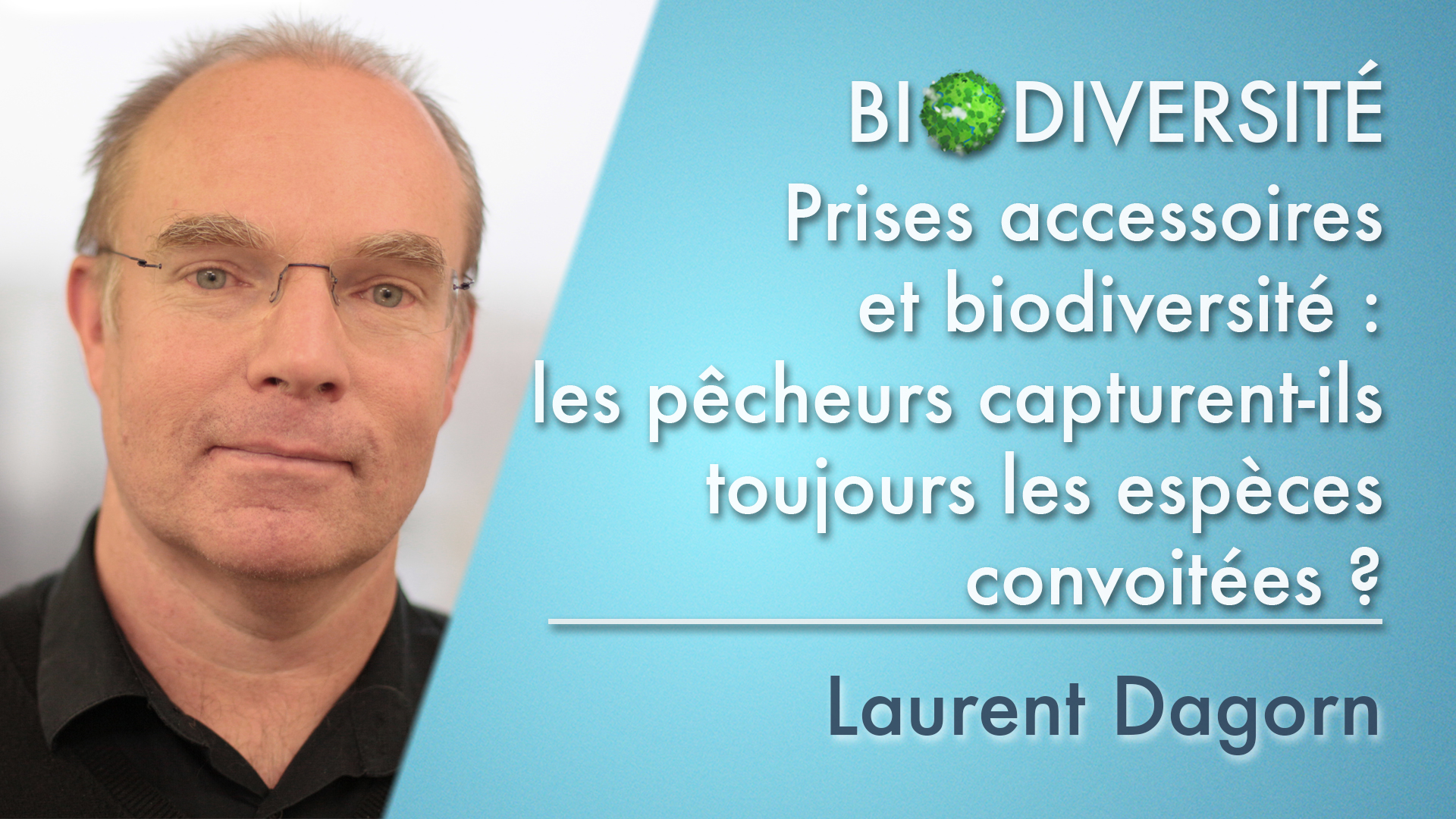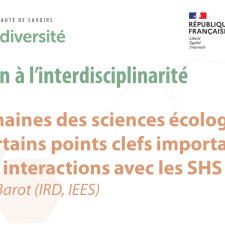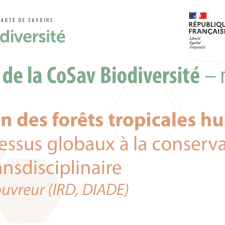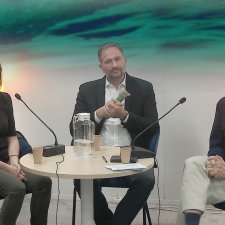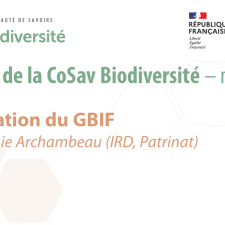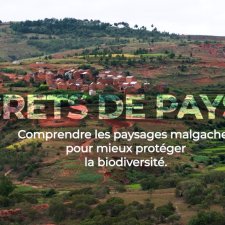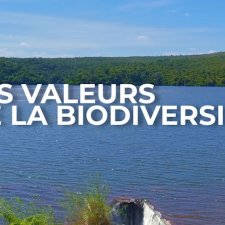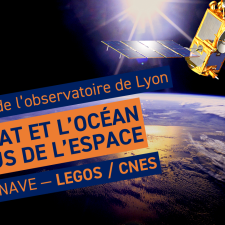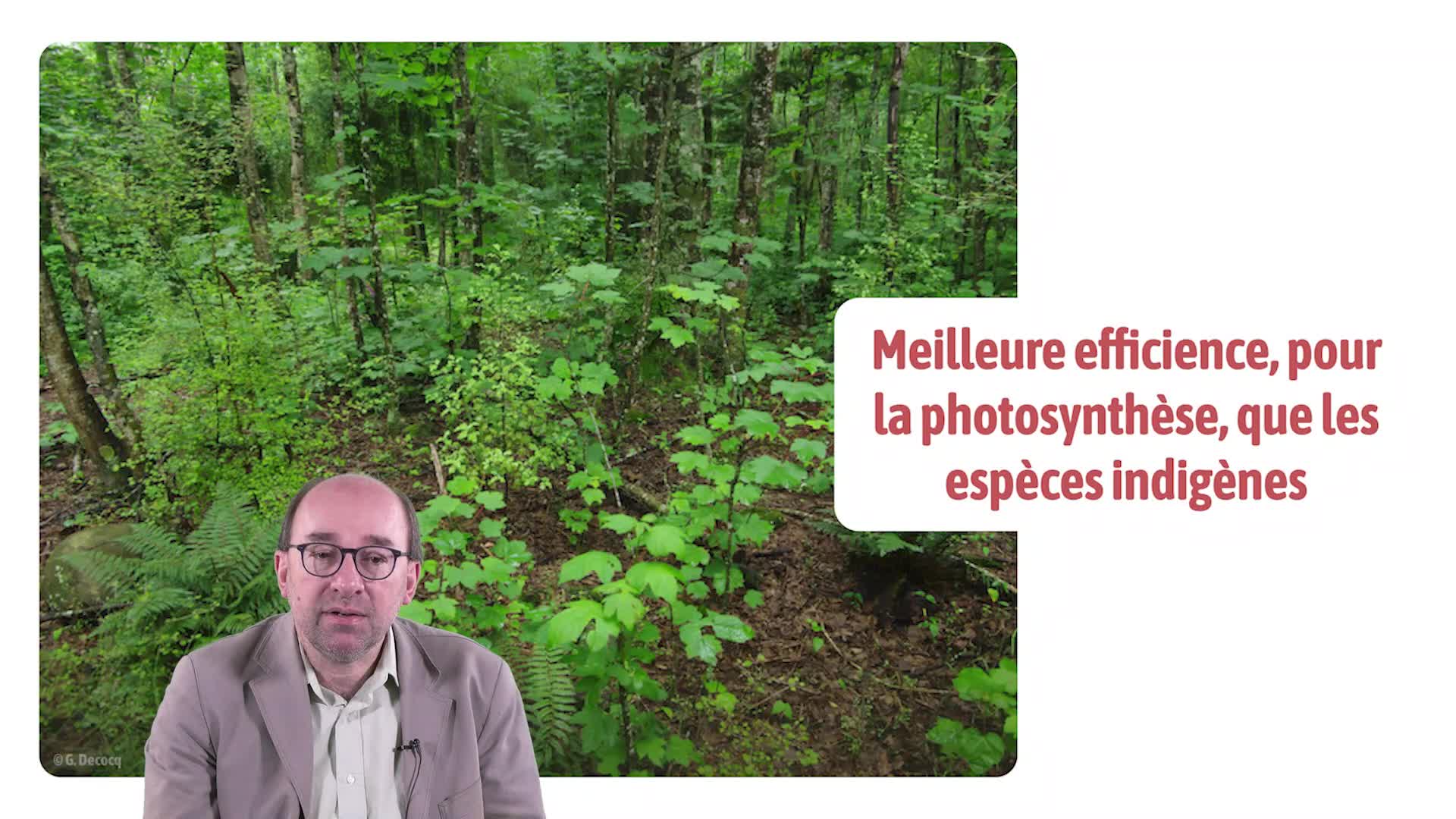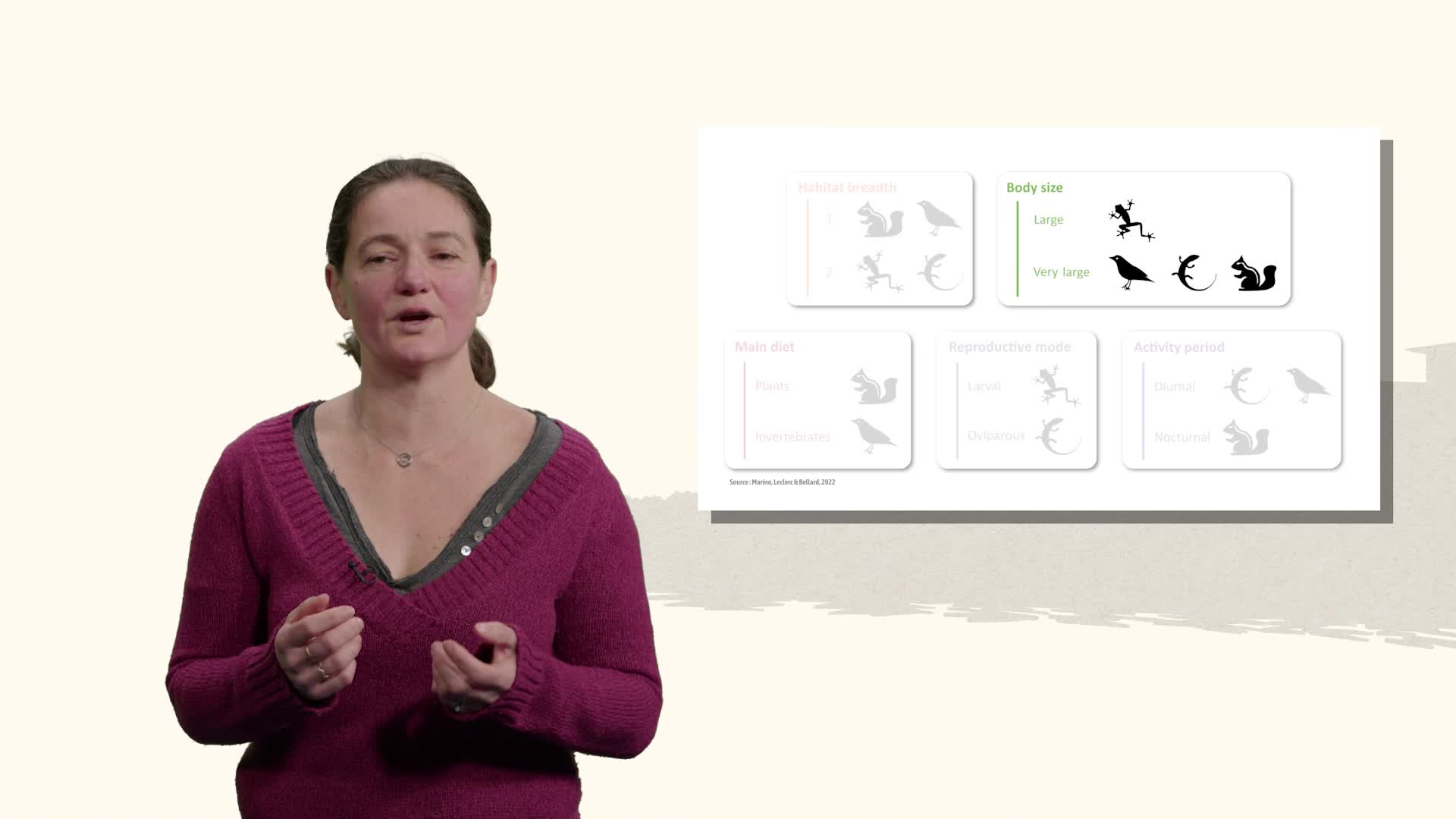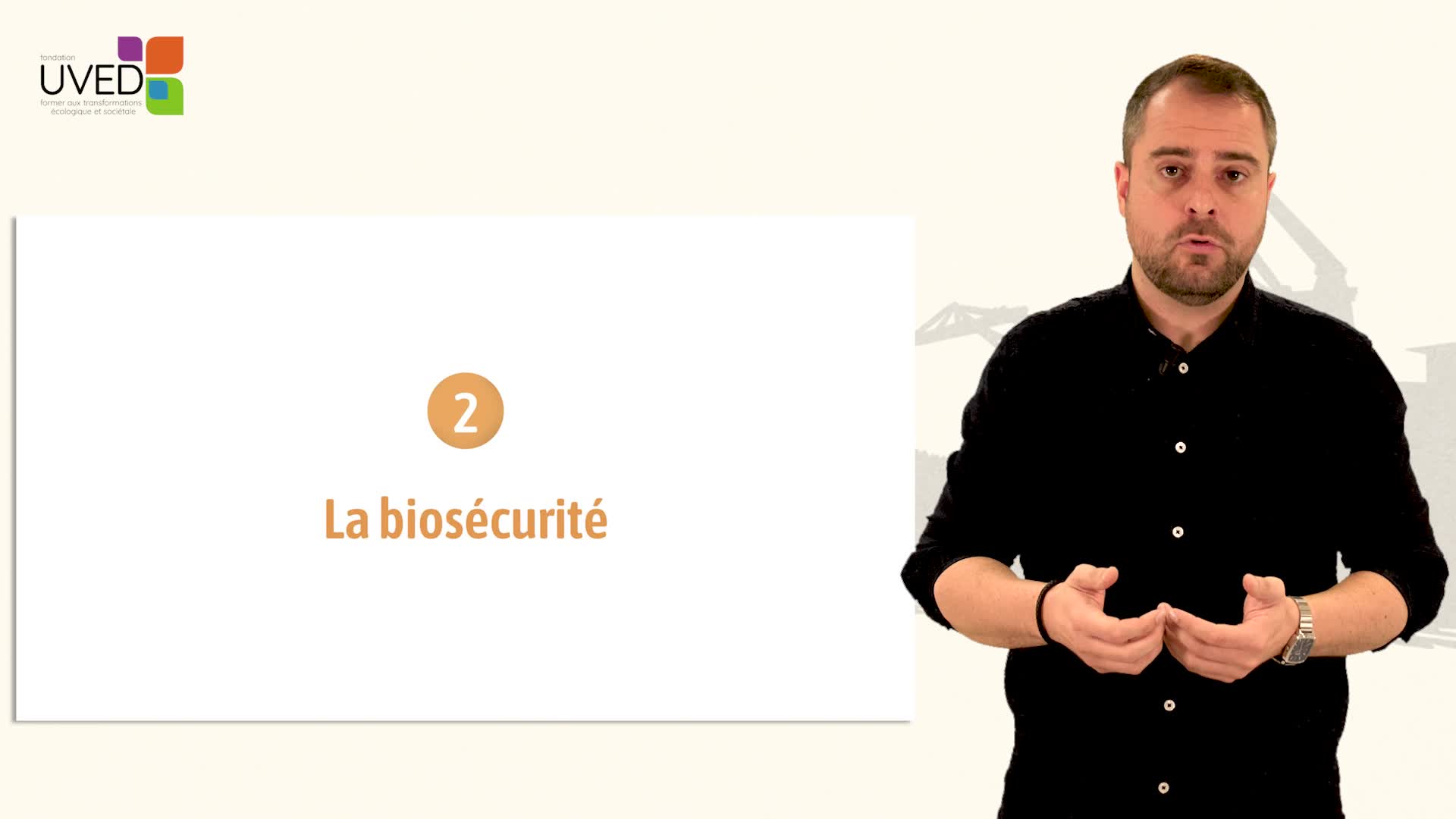Notice
Océans : biodiversité et ressources - Clip
- document 1 document 2 document 3
- niveau 1 niveau 2 niveau 3
Descriptif
Clip de la 2ème semaine du MOOC UVED "Biodiversité"
Dans une deuxième semaine de cours, partez à la découverte de la biodiversité des océans, des récifs coralliens aux lagunes littorales. Cette biodiversité, dont la connaissance est encore partielle, fait aujourd'hui l'objet d'une grande attention de par son importance dans les grands équilibres de la biosphère, mais aussi de par les services qu'elle rend aux sociétés humaines, à commencer par la fourniture de ressources alimentaires. C'est dans ce cadre-là qu'est développée aujourd'hui l'approche écosystémique des pêches, visant à concilier ces différents enjeux de préservation.
Pour vous parler de ces sujets, Philippe Cury (IRD) est accompagné de Sophie Bertrand (IRD), de Jean-Marc Fromentin (Ifremer), de Sylvain Bonhommeau (Ifremer), de Christian Chaboud (IRD), de Pierre Chavance (IRD), de Laurent Dagorn (IRD), d'Audrey Darnaude (CNRS), de Florence Galletti (IRD) et de David Mouillot (Université de Montpellier).
Les inscriptions sont ouvertes : https://www.france-universite-numerique-mooc.fr/courses/uved/34002/session01/about
Dans la même collection
-
EN-8. The ecosystemic approach to fisherie : how to reconcile preservation and exploitation of mari…
CuryPhilippePhilippe Cury presents the basis of the ecosystem approach to fisheries, which enables to maintain the biodiversity, the catches and the jobs. He comes back to the main steps which punctuated the
-
EN-10. International law of sea and marine resources: what are the current issues ?
GallettiFlorenceFlorence Galletti proposes an overview of the law of sea, and comes back to the main associated issues. She provides several essential definitions to understand this field, comes back to its great
-
EN-11. The economics of marine resources and biodiversity
ChaboudChristianChristian Chaboud presents some models and issues related to the economic approach of fisheries and marine resources. He especially comes back to the Gordon Schaefer model, and to the economic
-
EN-9. Management of an emblematic species: the bluefin tuna
FromentinJean-MarcWith Jean-Marc Fromentin, we discover the bluefin tuna. It is fished since Antiquity, but it is subjected to strong pressure for almost three decades, which is responsible for a large decline of the
-
EN-1. Observation of oceanic marine ecosystems
The marine environment is uneasy of access, so Pierre Chavance presents some current ways to better know the state of the marine biodiversity and resources. He focuses on the accompanying and
-
EN-4. Coastal lagoons: importance for the coastal productivity of oceans
DarnaudeAudreyAudrey Darnaude shows us the role and the importance of the lagoons for the functioning of the biodiversity. Thanks to examples in the Lion Gulf, she explains that the coastal productivity is closely
-
EN-7. Feeding people and birds: interactions between fishermen and marine predators
BertrandSophieSophie Bertrand presents the main forms of interaction between fishermen and birds as part of the practice of fishing: accidental catches, competition, or other unexpected effects. In order to limit
-
EN-2. Marine connectivity and impact on marine biodiversity
BonhommeauSylvainSylvain Bonhommeau highlights the movements of many animal populations of the oceans throughout their life cycle, and so he shows the issue of the marine connectivity. The species and their movements
-
EN-5. Overfishing and the impacts on biodiversity and on the functioning of ecosystems
CuryPhilippePhilippe Cury explains how the overfishing affects the marine food webs, and he highlights some ecological consequences of this practice, like the jellyfishes proliferation or the disappearance of the
-
Oceans: introduction to biodiversity and resources
In this second part, discover the biodiversity of the oceans, from the coral reefs to the coastal lagoons. This biodiversity, of which the knowledge is still partial, is the subject of great
-
EN-3. Environment complexity and productivity of the coral reefs
MouillotDavidDavid Mouillot proposes an analysis of the coral reefs in terms of biodiversity and productivity. He tries to explain the importance of the coral environments for the development of wide food webs,
-
EN-6. Incidental catches and biodiversity: do the fishermen always catch the sought species ?
DagornLaurentLaurent Dagorn presents the problem of the incidental catches in fishery, that is, what is taken off from the marine environment, but which is not sought by the fishermen. He defines the terms of this
Sur le même thème
-
Présentation des domaines des sciences écologiques et de certains points clefs importants pour les …
BarotSébastienDans cette séance, Sébastien Barot propose une introduction aux grands domaines des sciences écologiques et à leurs fondements épistémologiques et méthodologiques.
-
Évolution des forêts tropicales humides : des processus globaux à la conservation locale transdisci…
CouvreurThomas L.P.Thomas Couvreur présente des travaux de recherche sur les forêts tropicales humides, leur biodiversité au niveau global et les projets de conversation en Equateur
-
Tresser les filets fantômes. Une anthropologie des déchets marins : entre visible et invisible
Le RouxGéraldineBourgeois CostaHenriVidardMathieuSixième rencontre du cycle Océans : héritage commun, défis partagés, qui s'est tenue le 14 octobre 2025, avec Géraldine Le Roux, Henri Bourgeois Costa et Mathieu Vidard au Forum de la FMSH
-
Présentation du GBIF - Global Biodiversity Information Facility - Système Mondial d’Information sur…
ArchambeauAnne-SophieAnne-Sophie Archambeau, Node manager GBIF France, présente le Système Mondial d’Information sur la Biodiversité, programme intergouvernemental et infrastructure de données, créé en 2001, pour
-
Le sauvage dans les aires marines protégées
BricaultPaulineBoemareCatherineLachowskyCarolineQuatrième rencontre du cycle Océans : héritage commun, défis partagés, qui s'est tenue le 17 juin 2025, avec Pauline Bricault, Catherine Boemare et Caroline Lachowsky, au Forum de la FMSH
-
Secret de paysages
CarrièreStéphanieGeninDidierLaquesAnne-ÉlisabethCette vidéo présente une analyse des paysages malgaches. Elle a été réalisée dans le cadre du projet Varuna Science de la Durabilité par des scientifiques malgaches et français, tous membres du
-
Les valeurs de la biodiversité
BlancoJulienPaquetSarahIssu du projet Varuna Science de la Durabilité (Financement AFD et maitrise d'ouvrage Expertise France) développé par l'UMR SENS et ses partenaires malgaches, cette vidéo a été réalisée par Julien
-
Changement climatique, fonte des glaces, réchauffement et hausse de l'océan : le rôle de l'observat…
CazenaveAnnyIl est à présent bien établi que les activités humaines sont la cause du changement climatique observé de nos jours. L'apport de l'observation spatiale, à l'aide de satellites en orbite autour de la
-
Évaluations socio-économiques et environnementales : justifient-elles les grands projets d’aménagem…
LevrelHaroldLa valorisation monétaire attribuable à la biodiversité et la pertinence ou non des outils socio-économiques et environnementaux peuvent mener à des situations de contentieux, comme le cas de l'A69.
-
Les plantes exotiques envahissantes en forêt
DecocqGuillaumeGuillaume Decocq, professeur à l'université de Picardie Jules Verne, discute dans cette vidéo des invasions biologiques en milieu forestier.
-
Prédateurs introduits dans les îles : quels impacts ?
BonnaudElsaElsa Bonnaud, maître de conférences à l'Université Paris Saclay, discute dans cette vidéo des invasions biologiques en milieu insulaire.
-
Prévenir les invasions biologiques
AlbertArnaudArnaud Albert, chargé de mission Espèces Exotiques Envahissantes à l'Office Français de la Biodiversité, discute dans cette vidéo, de la prévention des invasions biologiques.


